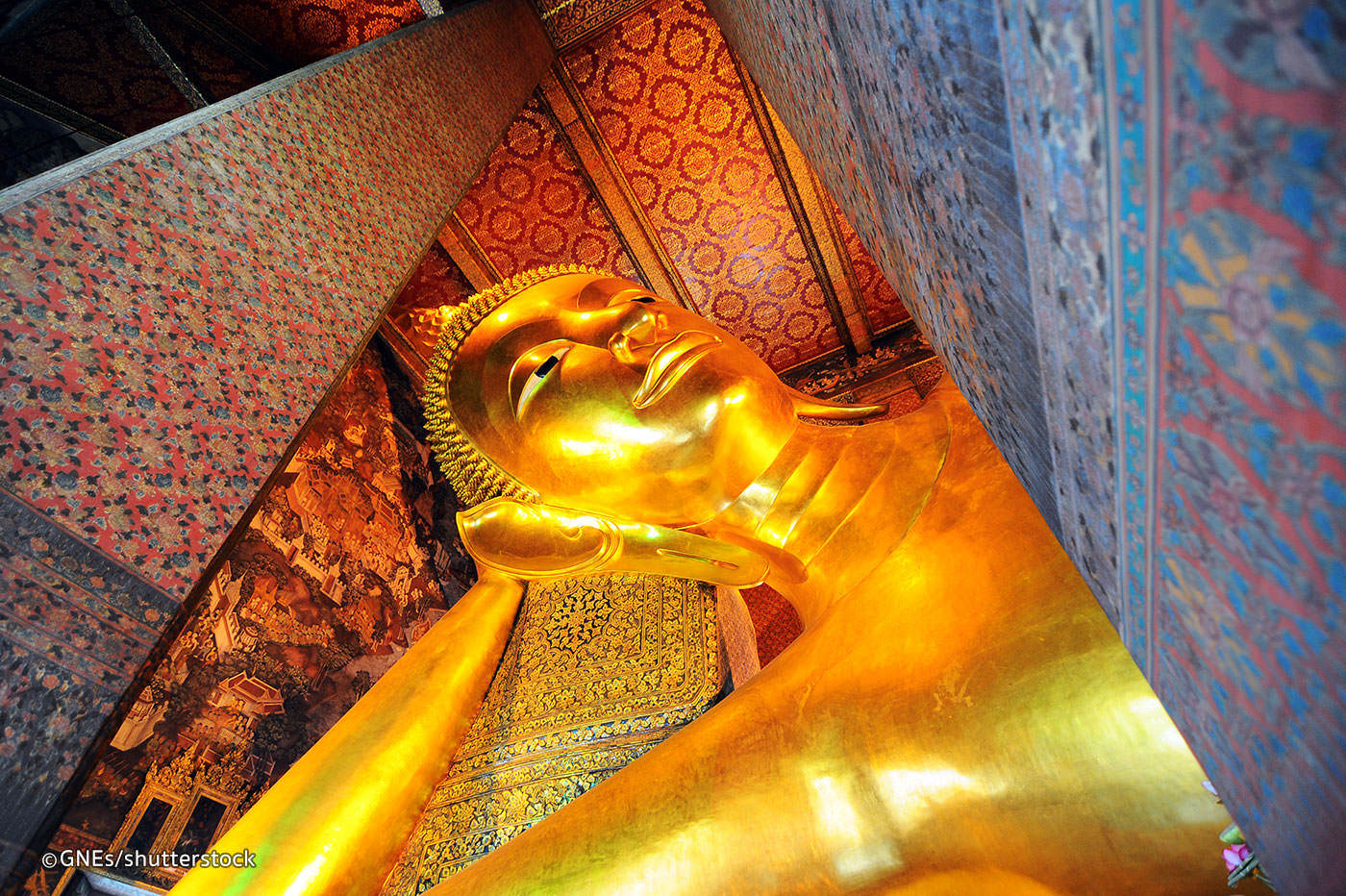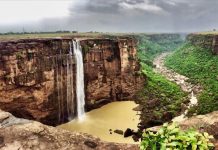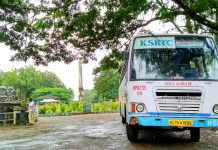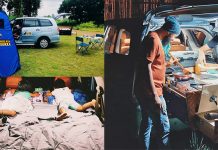10 Must-Visit Attractions in Bangkok
The city of Bangkok is known as Krung Thep to those who reside here, and its ceremonial name is the longest in the world. The number of attractions the city is home to is almost as extensive as its full name, leaving many visitors overwhelmed when trying to decide which ones they should head for. Fret not, as we are here with the top 10 must-visit attractions in Bangkok.
Grand Palace and Wat Phra Kaew
 No attraction is more likely to take visitors’ breathe away than the Grand Palace. Visitors kill two birds with one stone by visiting these historical grounds, as this is where the shimmering Wat Phra Kaew is also found. The white exterior walls keep the relics hidden from the public up until the moment they enter. Upon paying the ฿500 entrance fee, visitors will behold an abundance of traditional Thai architecture making up the majority of buildings found on the grounds, of which there are more than 100. Some areas were greatly inspired by the European renaissance era, which visitors may catch glimpses of as they explore the three main zones which make up the Grand Palace.
No attraction is more likely to take visitors’ breathe away than the Grand Palace. Visitors kill two birds with one stone by visiting these historical grounds, as this is where the shimmering Wat Phra Kaew is also found. The white exterior walls keep the relics hidden from the public up until the moment they enter. Upon paying the ฿500 entrance fee, visitors will behold an abundance of traditional Thai architecture making up the majority of buildings found on the grounds, of which there are more than 100. Some areas were greatly inspired by the European renaissance era, which visitors may catch glimpses of as they explore the three main zones which make up the Grand Palace.
Lumphini Park

Coming in at a whopping 2.5 kilometers in length, the trail at Lumphini Park may be too long for visitors to tackle in one go. That said, this park provides visitors with a number of things to see and do. In addition to jogging or cycling the path, the park is home to a number of sporadic aerobic classes that visitors can jump in on. Paddle boats can be rented by those who want to take to the water for the day and slowly explore the lake which sits at the park’s core. Chinese-inspired gazebos, sunbathing monitor lizards, a concert in the park; visitors never know what they are going to stumble on upon visiting this massive green space in the heart of the city.
Wat Pho

Wat Pho, or the Temple of the Reclining Buddha, is known for the giant Buddha that sits at its core. The religious image is massive, coming in at 46 meters in length and 15 meters tall. The temple, however, is equipped with so much more to see besides this huge sculpture, even if it is the focal point of the temple grounds. In addition to the Buddha, visitors will find colorful murals illustrating over 400 images of Buddha. Also on the grounds are notable chedis, a colorful Chinese pavilion, and a traditional Thai massage school. There is a ฿100 entrance fee.
Chatuchak Weekend Market

Overwhelming, loud, crowded: these are just a few words that could be used to describe the massive Chatuchak Weekend Market. That said, this is one attraction visitors to Bangkok on the weekends surely cannot miss out on. It is one of the largest markets in Asia, and hosts thousands of vendors and stalls to prove it. Rare art pieces, northern handicrafts, genitalia-shaped soap: you name the souvenir, Chatuchak is bound to have it. The best time to visit is in the morning. It is not as hot and vendors are more likely to give shoppers a deal, as the first sale of the day is meant to bring good luck. Be sure to barter, as well.
Soi Cowboy

Sexpats flock to the Kingdom in hopes of parking it at one of the many Red Light Districtsin the country, most of which are found in the capital. Bangkok is no stranger to seedy nightlife, but certainly one of the most lively and thriving of districts is Soi Cowboy. Though many visitors frequent the area with every intention of trying out the merchandise, the area also welcomes wide-eyed tourists who just want to get of glimpse of what this road is all about. Prostitution in Thailand has been illegal since 1960, but this does not seem to have slowed these districts down. The street that makes up Soi Cowboy is only about 150 meters in length but is chock full of risqué bars, clubs, and more. The street is named after the man who opened up the first bar on the sleazy street in 1970. He was wearing a cowboy hat, and thus Soi Cowboy came to be.
Bangkok Art and Culture Centre

One of the newest top attractions on our list, the Bangkok Art and Culture Centre, is a must-see gallery for any of the art-loving travelers out there making their way to Bangkok. The building exudes creativity, and the structure itself is one giant work of art in itself. The building was meticulously designed to provide visitors with an amazing visual experience, as its winding shape is ideal for displaying art. It also has high ceilings intertwined with modern Thai architecture, and each gallery optimizes both natural and controlled light. The Bangkok Art and Culture Centre is also home to a number of cafes, restaurants, an art library, eco-friendly souvenir shops, a prayer room, and more. Construction of the gallery began in 1995, but it was put on hold when a new governor was elected in 2001. Construction began again in 2004.
Yaowarat Road

Yaowarat Road is the main street that cuts through Bangkok’s thriving Chinatown. It was built in 1891 and is about 1.5 kilometers in length. It is here visitors will find some of the most delicious street food after the sun goes down – the majority of vendors do not seem to come out with their delicious eats until after dark. If visitors are unsure as to where the best food is, just follow the crowd: where there are many people, there is sure to be delicious food. A large Chinese community has made their homes on the eastern banks of the Chao Phraya River in 1782 but moved to where Yaowarat Road is now after King Rama I relocated the capital.
Rod Fai Night Market

Vibrant covered vendors are jammed packed in the area behind the Esplanade Shopping Mall, making up the new train market in Bangkok. It’s original predecessor, though filled with its own unique finds, is hard to reach and leaves many visitors venturing elsewhere to get their market fix while in the capital. Rod Fai Train Market off Ratcadaphisek Road, however, offers the same cool vibe as the original and is easier to get to. Delicious eats, antique souvenirs, hipster clothing, and trendy bars are just a few of the things visitors can expect to find at this unique night bazaar.
Wat Traimit

Just a short walk from Yaowarat Road is Wat Traimit, one of the most noteworthy temples in the capital. The stunning building is home to a 5.5 ton Buddha. The Sukhothai-style statue stands at almost 15 feet tall. The Buddha might be worth a fortune, but the entrance fee to see it only costs visitors ฿40.
Bangkok National Museum

The Bangkok National Museum is one of the most comprehensive and informative ones on all things Thai. From culture to art to history and more, this is a one-stop museum for all things Thailand. It is located near the Grand Palace and was built in 1782. Its original purpose was not that of a museum but a palace for Prince Wang Na. It was later turned into a museum in 1884 by King Rama V. Visitors can admire the Thai architecture or the relics kept inside the stunning structure. There is a ฿200 entrance fee into the museum.



















